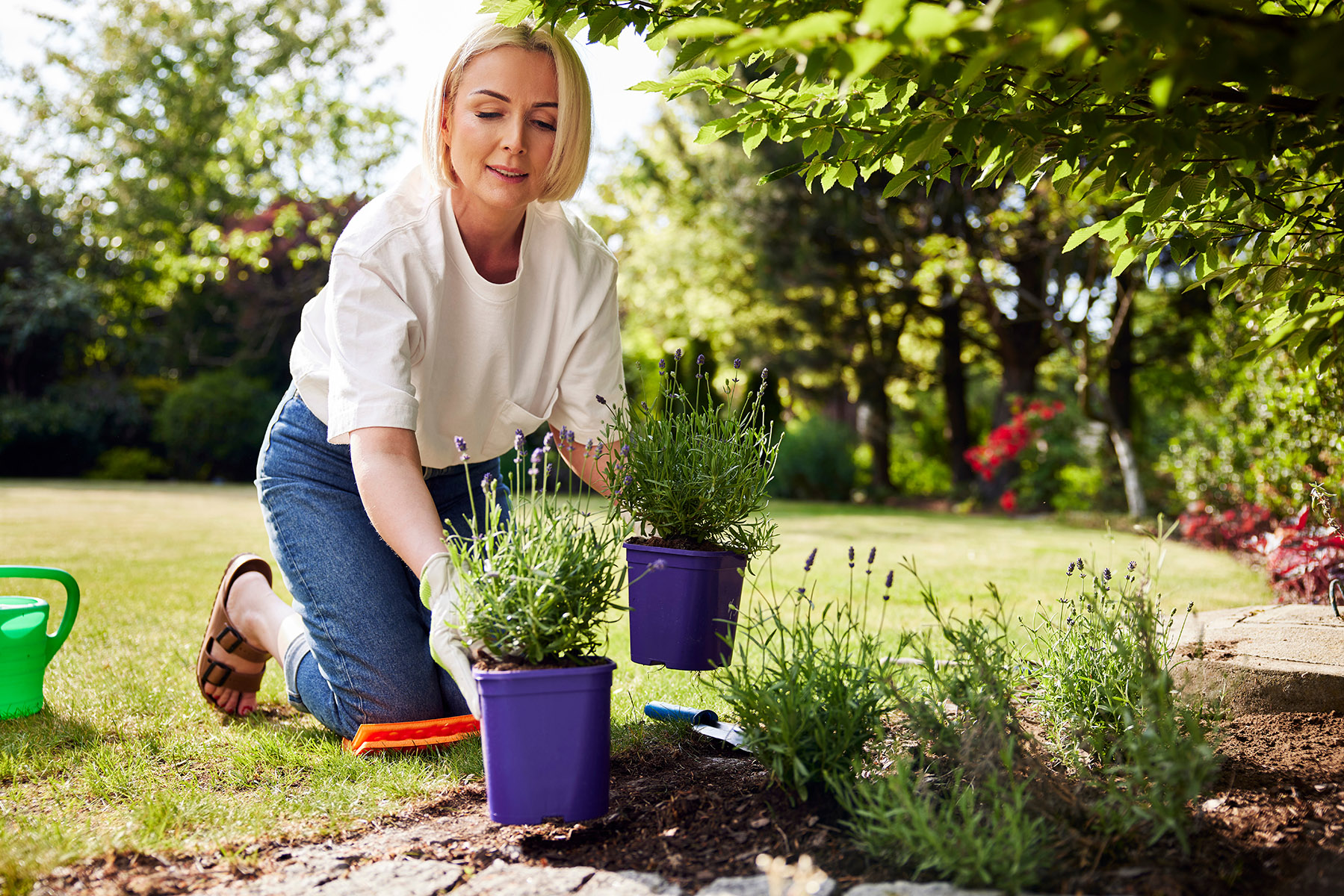Utilize our garden planning guide and learn how to plan a garden layout efficiently with our garden planning tips.
Our Garden Planner can help you plan your garden efficiently so you can make best use of the space you have and avoid wasting time or resources.
How to Plan a Garden Layout Using the Garden Planner
When you set your location the Garden Planner looks up your local frost dates and uses this to recommend ideal planting dates and estimate harvest times. If necessary, you can also edit the frost dates to more accurately represent your garden’s microclimate. Hot climate gardeners can split the growing season into two to avoid growing cool-season crops during the hottest part of the year.
Layout your garden with paths, beds and containers, include compost bins and water barrels, and mark the location of irrigation lines and plant supports. Choose from hundreds of different fruits, veggies, herbs and flowers. The Garden Planner calculates how many plants can be grown in the space you have without overcrowding. As you add plants, the Plant List makes planning your sowing and planting accurate and simple by displaying precisely how many plants are in your plan, and their recommended spacings and planting times.


Garden Planning Guide Features
- A Parts List of equipment is also shown in every plan that includes ‘Garden Objects’, which is very useful when planning, for example, irrigation, which has lots of component parts.
- The Garden Planner makes it easy to grow using the Square Foot Gardening method too. Click on the SFG button and add plants. The planner will automatically calculate how many plants may be grown in each square foot.
- You can plan SFG plants and plants with standard spacings, for instance fruit bushes and larger vegetables, on the same plan. Click on the SFG button to switch between SFG and normal spacings.
- Planning succession planting is easy with the Garden Planner. Double-click on the plant in your plan, then set its in-ground dates. Use the calendar drop-down to view your plan month by month to check where and when gaps appear.
- To quickly find out which plants can be sown or planted during a particular month, click the Custom Filter button to the left of the plant selection bar. You can also filter crops by crop family, or by characteristics such as easy to grow, shade tolerant or suitable for fall planting/harvesting.
- Plan for an even longer growing season by adding a cold frame, row cover or other protection over a plant in your plan. This will extend sowing and harvest dates for that plant, and is very useful when planning early or late-season vegetables and fruits.
- The Garden Planner helps you to avoid problems with pests and diseases by providing crop rotation warnings in follow-on plans in subsequent years. Your plan will flash red when you try to place a plant in an area previously occupied by plants of the same crop family.
- To create a follow-on plan, open your current year’s plan then click on New Plan in your plan’s toolbar. Choose the follow-on plan option and any elements you wish to copy across, then click OK.
- The Companion Planting tool takes the strain out of find perfect matches for your plants. Select a plant and click on the heart-shaped Companion Planting button. Suitable companions are then displayed in the selection bar for you to choose from.

More Garden Planning Tips and Resources
For instructions on launching the Garden Planner can be found here. Already signed up? Login directly to the online Garden Planner here.
Need crop-specific growing information? Browse our Crops at a Glance Guide for advice on planting and caring for dozens of garden crops.
Watch more videos on gardening techniques and other self-reliance, DIY topics on our Wiser Living Videos page.
Read more of Benedict Vanheems’ MOTHER EARTH NEWS posts here.
All MOTHER EARTH NEWS community bloggers have agreed to follow our Blogging Guidelines, and they are responsible for the accuracy of their posts.
